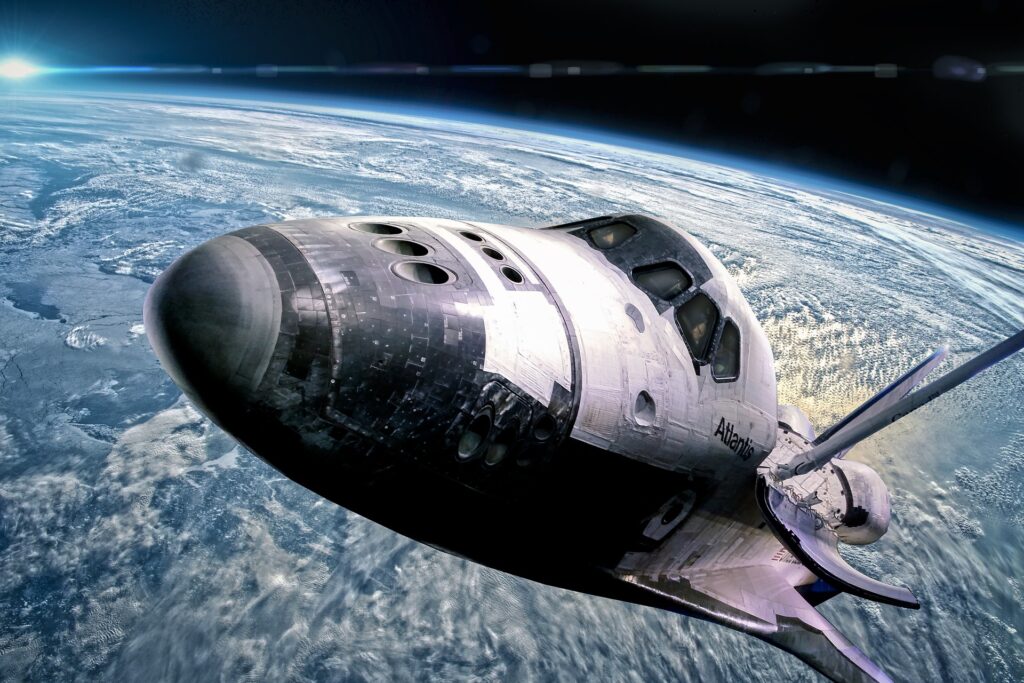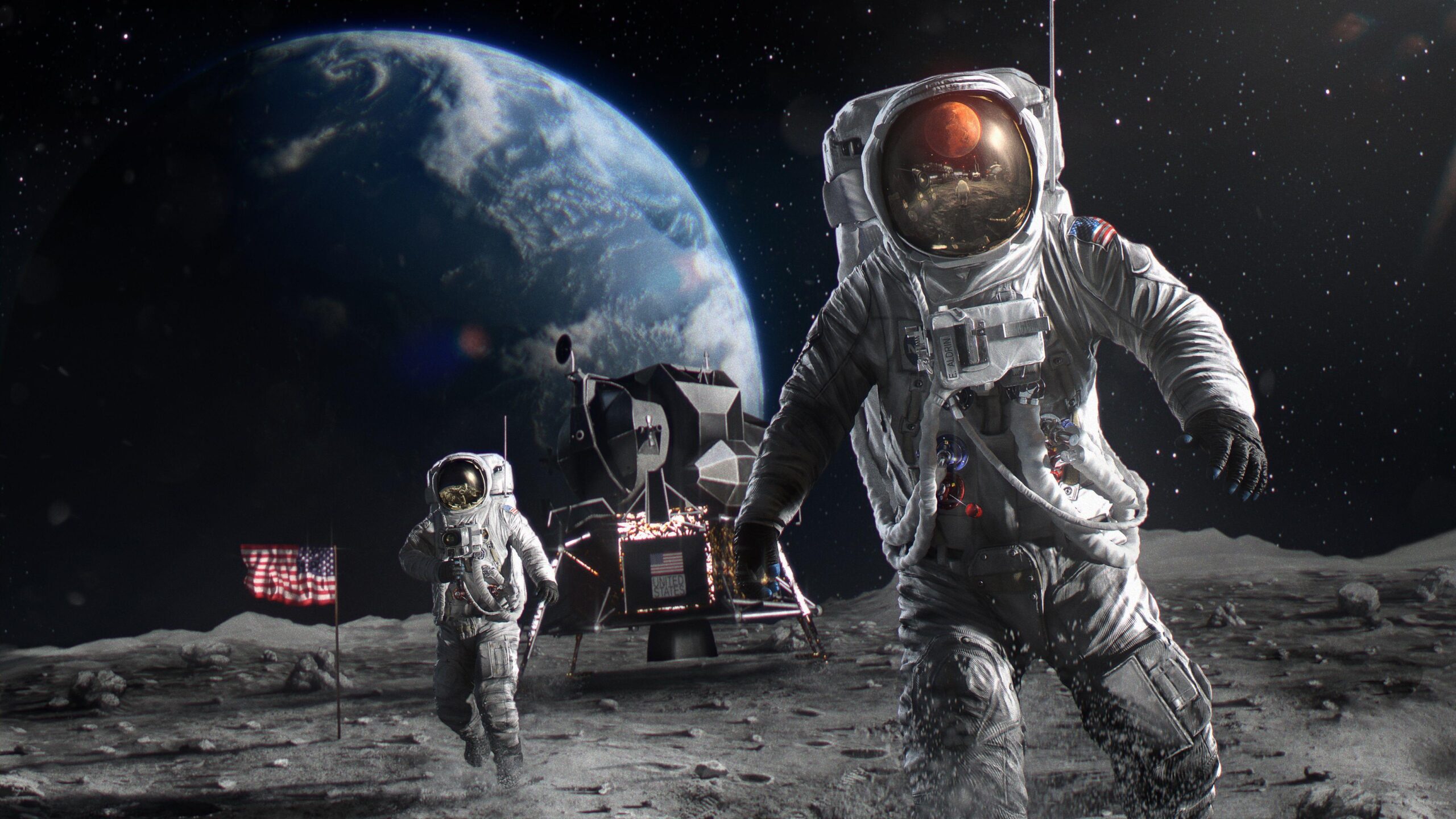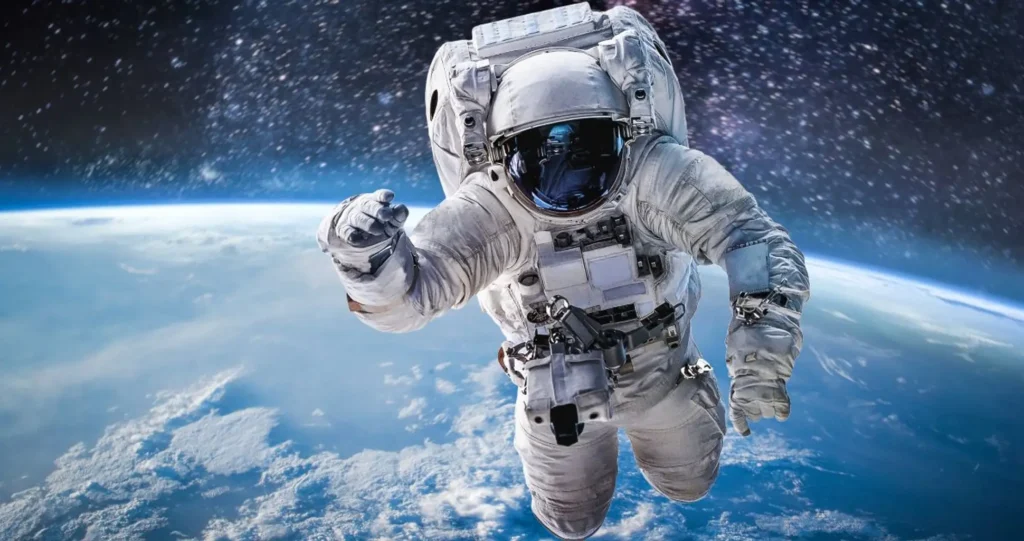Where once space travel was the stuff of science fiction, it has now evolved into a harsher reality. The mere thought of being able to venture outside the Earth is stimulating, yet greatly challenging to the human body. Space is an environment drastically different from Earth, and exposure to it for a long period of time brings effects between human physiologies and microgravities, radiation, and other such factors associated with space. This article will discuss how travel through space affects the human body.

Microgravity and Its Effects
The simplified definition of microgravity is that objects are perceived to be weightless and in a state of free fall. It carries less effect on the human body. As there is no weight force so far, support to one’s body is not needed like it would be in Earth. Hence, it makes several physiological variations.
Muscle Atrophy: Of most immediate effect is muscle atrophy. On Earth, the muscles are working against gravity for the sake of body posture and in making movements. In the absence of resistance due to reduced gravity, the muscles weaken and contract. In effect, astronauts suffer big losses in muscle mass and strength, particularly in the legs and back.
Bone Density Loss: Just like muscles, even bones lose mass in microgravity. The skeletal system relies on the stress from gravity to help maintain bone density through a process called bone remodeling. In the absence of such stress, the bones begin to leach out calcium and other niceties, thereby reducing their density and becoming more breakable. Astronauts may lose as much as 1-2% of their bone mass each month when they are in space.
Fluid Redistribution: The normal distribution of body fluids, like blood and water, gets hampered due to the absence of gravity. On Earth, with gravity the body fluids keep moving down continuously and get accumulated towards the lower body, but in outer space, they move upwards, get collected towards the head and upper body. This accumulation tends to puff up the face, clog the nasal passages and increases the intracranial pressure that could impair the vision.
Radiation Exposure
High-energy radiation of solar and cosmic-ray origin abounds in space. While the Earth’s atmosphere and magnetic field filter out most of it, the astronauts are exposed to much greater amounts when in space. Affecting different aspects of health, following are the effects on health associated with long-term exposure.
Increased Carcinogenicity: Radiation, on its own, is a known cause of cancer because, especially at high exposures, it directly damages DNA—leading to mutations and enhanced cancer risk. In view of these, there needs to be measures put in place to protect the health and ensure the safety of astronauts on long-duration missions like Mars.
Acute Radiation Syndrome: At very high doses, the so-called acute radiation syndrome—space travelers’ feelings such as nausea, vomiting, diarrhea, fatigue, and an increased loss of body hair, skin burns, and so on—can be developed. Nowadays, spacecraft design is created in such a way as to minimize radiation exposure, but the hazard is really serious.
Central Nervous System Effects: The rest of the effects of the radiation can affect the central nervous system, including cognitive impairment, memory problems, and behavioral changes. These have the potential to create great challenges for astronauts during long-duration missions that would require a high order of mental acuity and decision-making.
Psychological and Social Factors
The psychological and social effects of space travel are equally significant. This is so because of all the isolation, confinement, and separation from family and friends that can easily take a toll on the mental health of the individual.
Stress and Anxiety: The highly stressful environment of space missions, coupled with risks and uncertainties, can easily raise the bar of stress and anxiety. Astronauts have to be mentally fit and prepared enough for the same.
Sleep Disruption: The absence of the day-night cycle may further perturb the circadian rhythm in space and is consequently associated with sleep disorders and general fatigue. Sufficient sleep is among the major factors of sustaining cognitive performance and overall health, so the management of sleep becomes a critical issue related to mission planning.
Group Dynamics: Living and working in close proximity, individuals have a tendency to get on each other’s nerves. Efficient communication, conflict resolution, and team cohesion are the parameters of crucial importance for long-duration mission success.
Countermeasures and Mitigation
A number of countermeasures and mitigations aimed at combating such adverse effects of space travel are targeted at avoiding or mitigating risks associated with each.
Exercise Regimens: The astronauts are on intensive exercise regimens to prevent muscle atrophy and bone density loss. Onboard the spacecraft, including ISS, are treadmills, stationary bicycles, and resistance devices. For the average day, the crew needs to spend at least two hours exercising their muscles.
Nutritional Support: Space life requires proper nutrition. Food plans are prepared in a very calculated manner so that all the vitamins and minerals an astronaut requires are given. Supplements could be used to overcome the effects of bone loss.
Radiation Protection: Spacecraft are designed using materials that shield as much radiation as possible from reaching the occupants. At the moment, further efficient shielding technologies are under study. The mission planning by the mission planners also takes into consideration the reduced radiation exposure, taking into account solar activity and other variables.
Psychological Support from Home: This involves setting up psychological preparations in the long-term mission environment of astronauts through periodic contacts with mental health professionals, family, and close friends. This shall include stress management and resolution of conflict situations.
Technological Innovations: Furthering the technology makes space travel even safer. Inventions like artificial gravity, better medical monitoring, and advanced spacecraft designs can increase the effective management of most the side effects of space travel.
Also read: 10 ways to develop a strong sales strategy?
Conclusion
It is this unique and different challenge that the human body faces as a result of space travel. This will most probably lead to muscle atrophy in microgravity conditions, lack of bone density, and the development of cancer and other diseases related to radiation exposure. Stress, sleep disturbance, and interpersonal relations are social and psychological concerns of prime order that have to be dealt with. Exercise, good nutrition, radiation protection, psychological support, and technological innovation can sort out most of the concerns. The more humankind travels in space, the greater the attention that needs to be paid to the effects on the human body with regard to future mission success.
Other Sources: SciTech





